On May 20th 1987 Edward Earl Johnson was put to death in Mississippi’s gas chamber. The last two weeks of his life, and Clive Stafford Smith’s fight to stop his execution, were captured in Paul Hamann’s award-winning documentary Fourteen Days in May.
After the film provoked international outrage, Clive and Paul founded Reprieve – an organisation dedicated to helping people like Edward.
Here, 31 years after Edward’s execution, they look over photos taken by Paul during filming and talk about their memories from that time.
WATCH – Fourteen Days in May full documentary available free online now
All photographs by Paul Hamann.
The Death Row
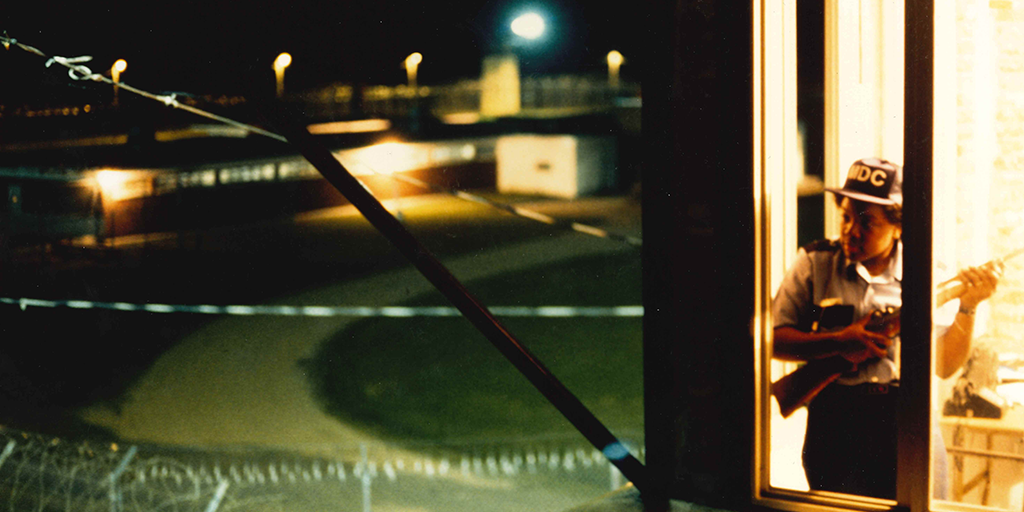
Clive: When you drove up to Camp 17, death row, you had to send your keys up in a bucket to this guard before going in. I once tried throwing mine up, missed, and they landed on the roof. The prison had to get a long ladder to get them back down.
The Cell
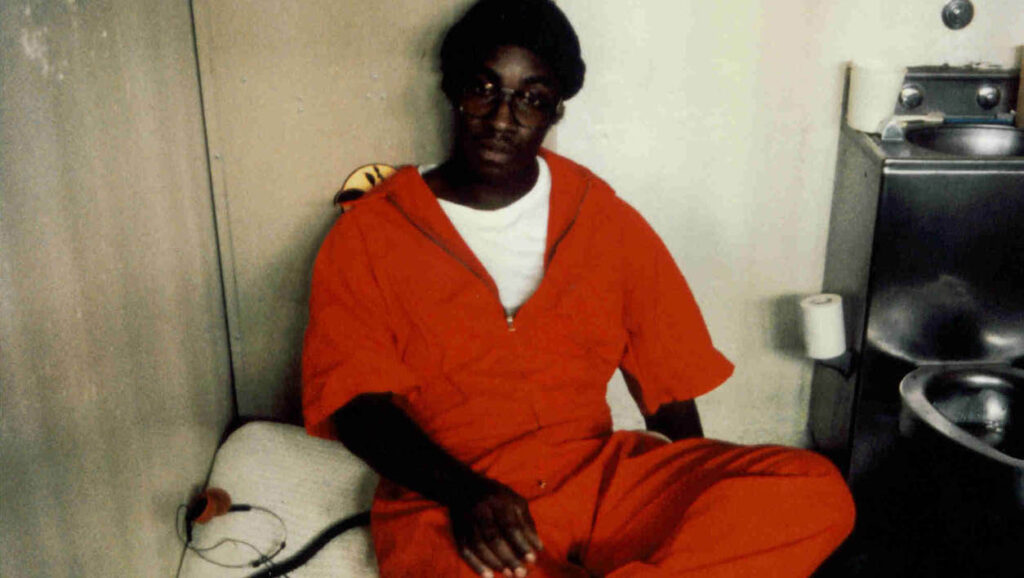
Paul: Those last 14 days of Edward’s life I spent at least three hours with him every day – we became close friends – it was only on the last day I was allowed to hug him – for the first and last time – heart breaking.
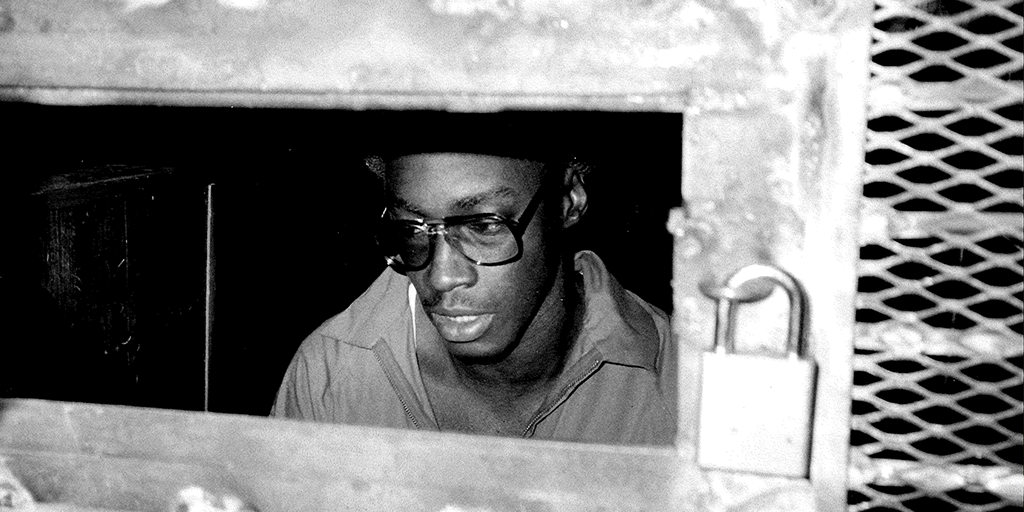
Clive: I spent a while in that cell with Edward, on the steel bed just where he is sitting. I left twice to learn first that the Supreme Court had denied him, and second the Governor, each a long walk back from the phone up front. I have blanked out the time after that when we sat there, my right arm around his shoulder, and muttered meaningless things for several minutes before going to the cell outside the chamber.
The Warden
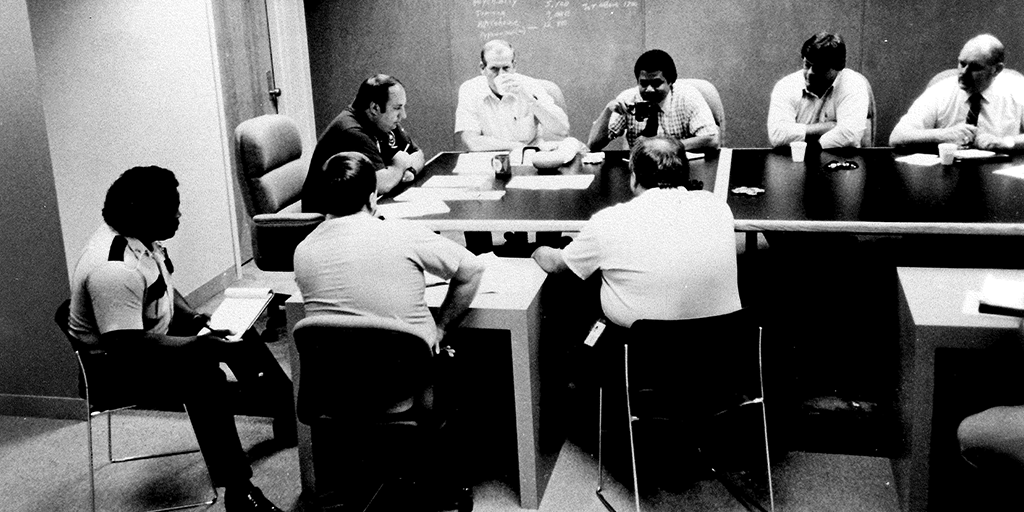
Paul: Don Cabana, the warden, chairing the final planning meeting of the execution – but this picture reminds me actually of Don’s real kindness to Edward in his last days – Don confided in me he though Edward was innocent but couldn’t say so on camera
Clive: Don Cabana giving his men a strict lecture about treating everyone with dignity. Don was a decent man, and he never wanted to do what he ended up doing. His road to Damascus led him to testify for me several times to prevent the death penalty in later trials.
The Grandmother
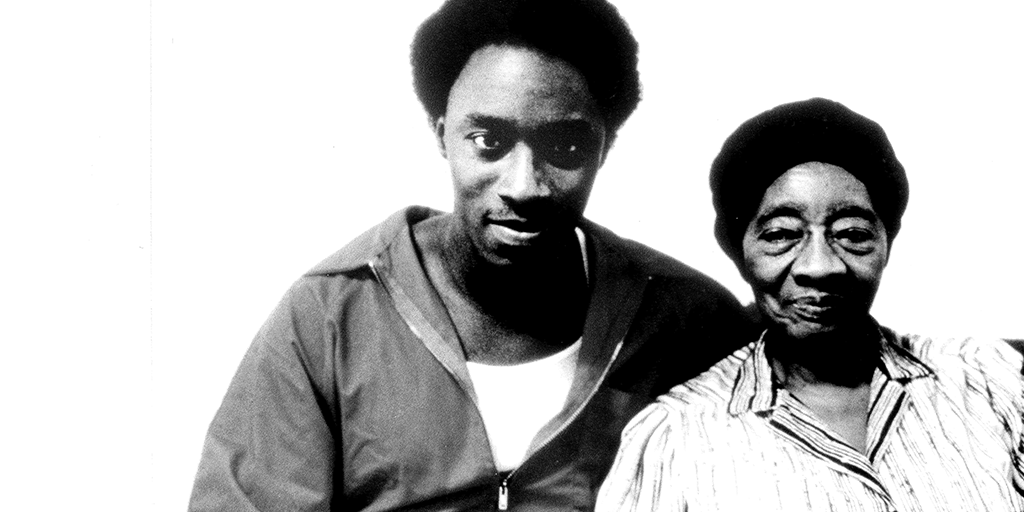
Clive: That’s Edward with Jessie, his grandma. She was the most dignified of ladies, someone who had seen a lot in her life, coming up among the Klansmen of Walnut Grove. Her husband had died, and I remember going to the graveyard and seeing the double tombstone, with his name and dates, and her name and birthdate, with only space there for when she would be buried next to him. It was cost-saving to do it that way…
Paul: Edward with the wonderful kind and loving Jessie his grandmother who brought him up and as I remember in his last 24 hours was more emotionally hurt and upset than anyone.
The Farm
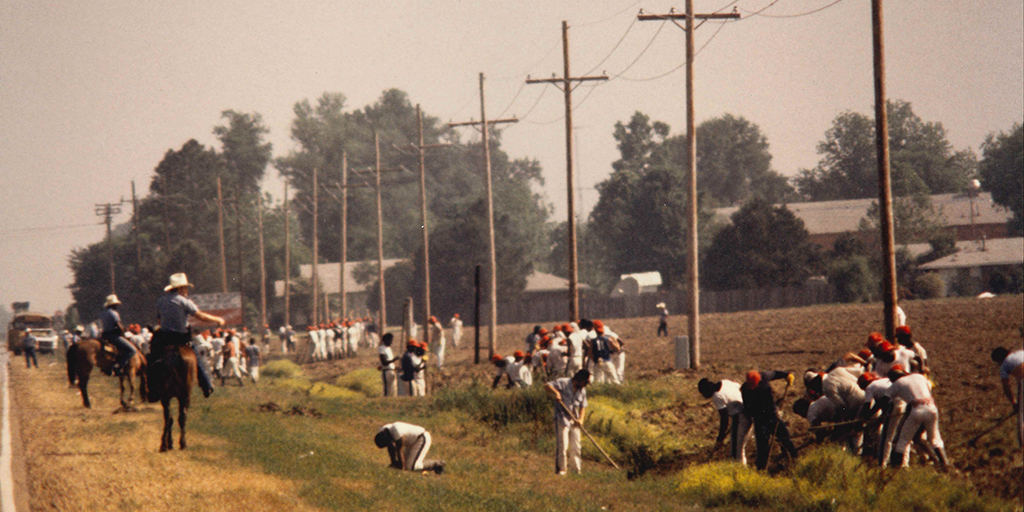
Clive: The Louisiana State Penitentiary is called Angola, as it was a plantation where the slaves were brought from the country of that name. This is Parchman Farm, the Mississippi State Penitentiary, and I always thought this picture epitomised how it, too, was a slave plantation, albeit with overseers making 100 slaves (almost all black) use hand tools to achieve in a day what a tractor and one farmer could do in ten minutes.
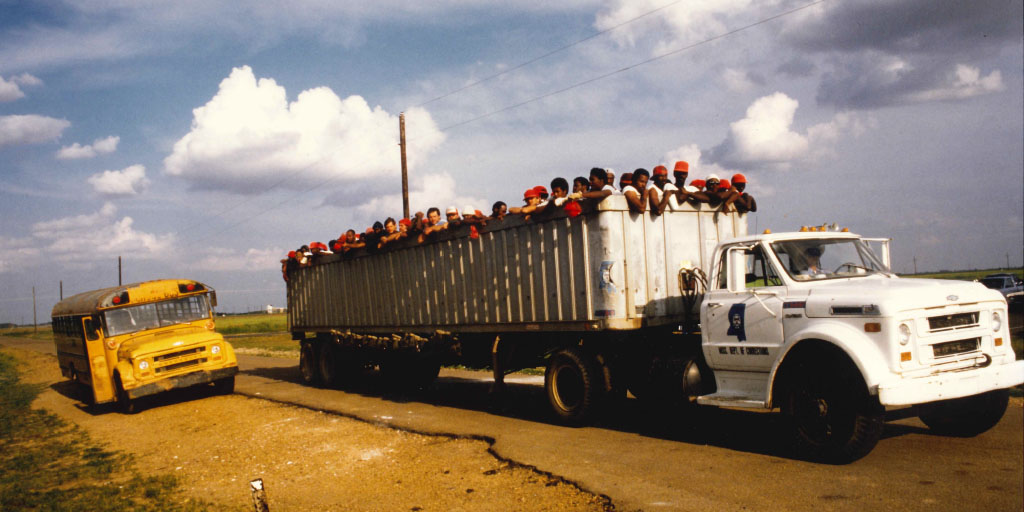
Paul: Black slavery alive, kicking and brutal at Parchman – the first thing I saw when I arrived at the prison 3 years before the execution.
The Final Moments
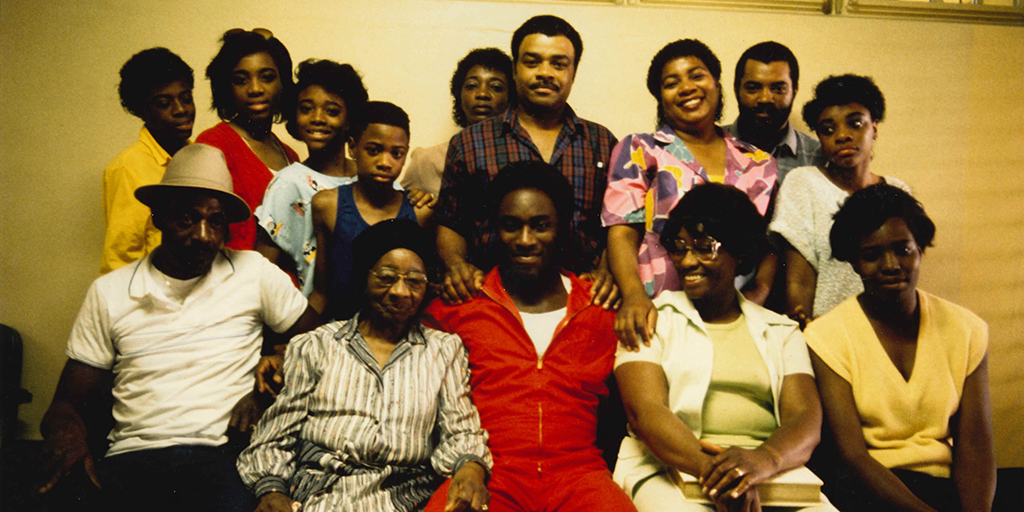
Clive: The Johnson clan on that last tragic day when Don Cabana, a very decent man, allowed them all in. Jessie Mae on one side, Edward in his red death row jumpsuit, and his mother (an auxiliary police officer) on the other side.
Paul: The only really happy moment in Edwards last days when his family could touch, hold, hug and have fun with him – I remember when this picture was taken we all hoped / thought he would get a ‘stay’.
The Chamber
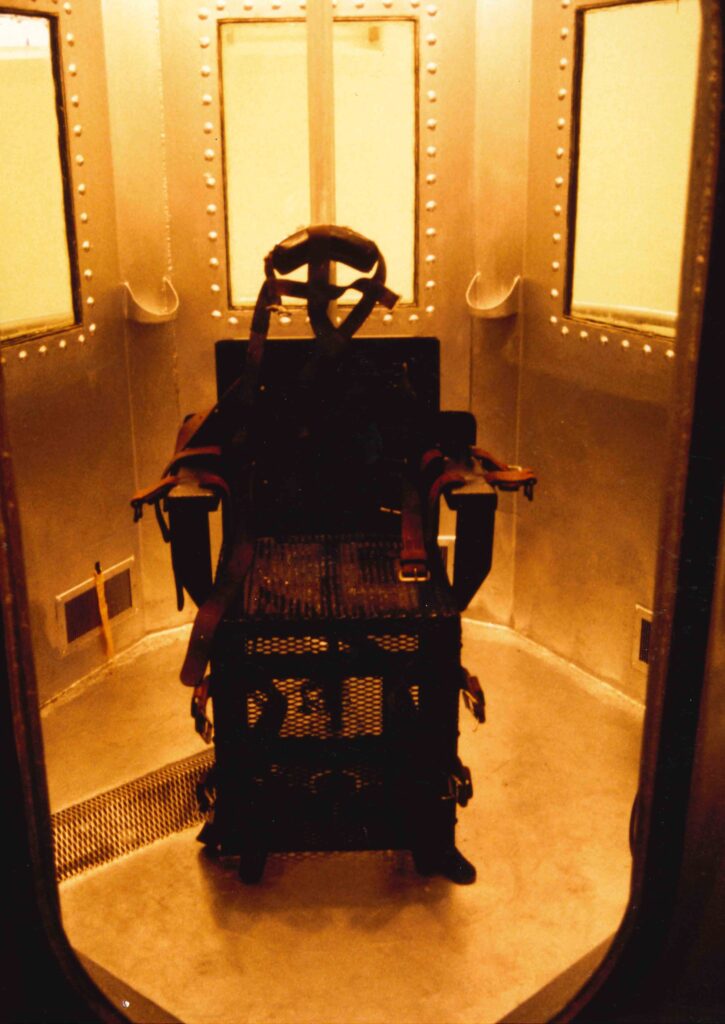
Paul: This image of the gas chamber – the personification of evil – totally chilled me the first time I saw it – it still does that to me now and brings back all the nightmares I’ve had since that chamber killed Edward.
Clive: This is the place of nightmares. I walked into this gas chamber with Edward and hugged him. As I did so, he said, “Is there something you know that I don’t know?” I did not really understand for a moment, and muttered something inane about him knowing more than I would ever know. But then I worked out that he meant he thought the BBC were going to call “cut” and it would all be over. (And I can’t look at this without seeing the back of his head when I was in the witness room behind him…)
The Funeral
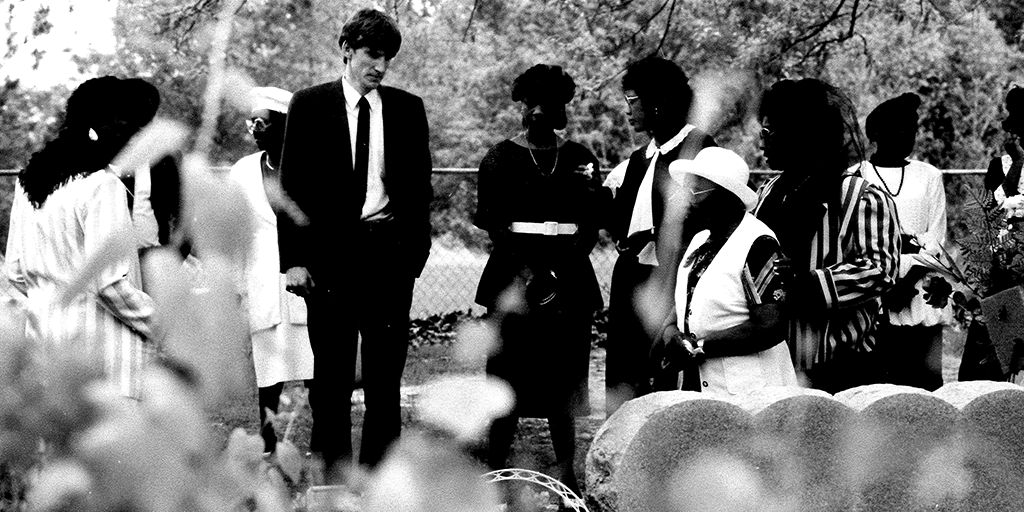
Clive: Edward’s burial. It was that day when I met the young black woman who told me she had been with him at the time of the crime. I was pretty upset, though I did not show it, and I asked her why she didn’t say this before? She said she did, but when she went to the white police they told her to mind her own business. Of course it’s really my fault – if you’re poor and black in Mississippi, who you gonna call? There are no Ghostbusters, and I should have been in Walnut Grove doing a proper investigation, if only I had understood my job back then. I was just too young, too inexperienced.
WATCH – Fourteen Days in May full documentary available free online now